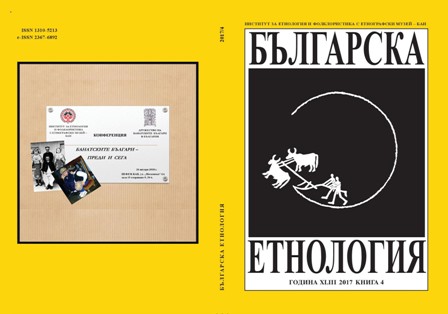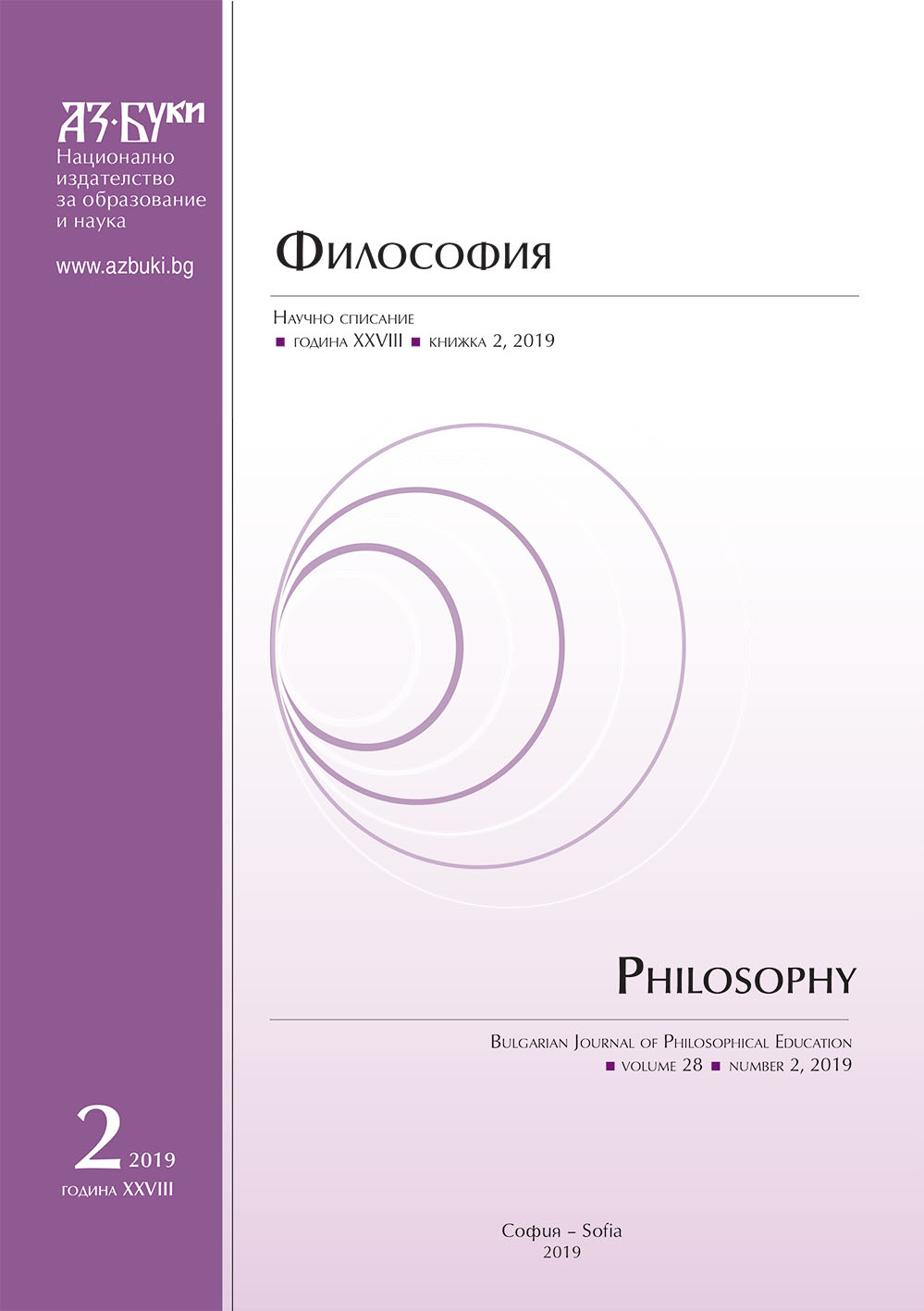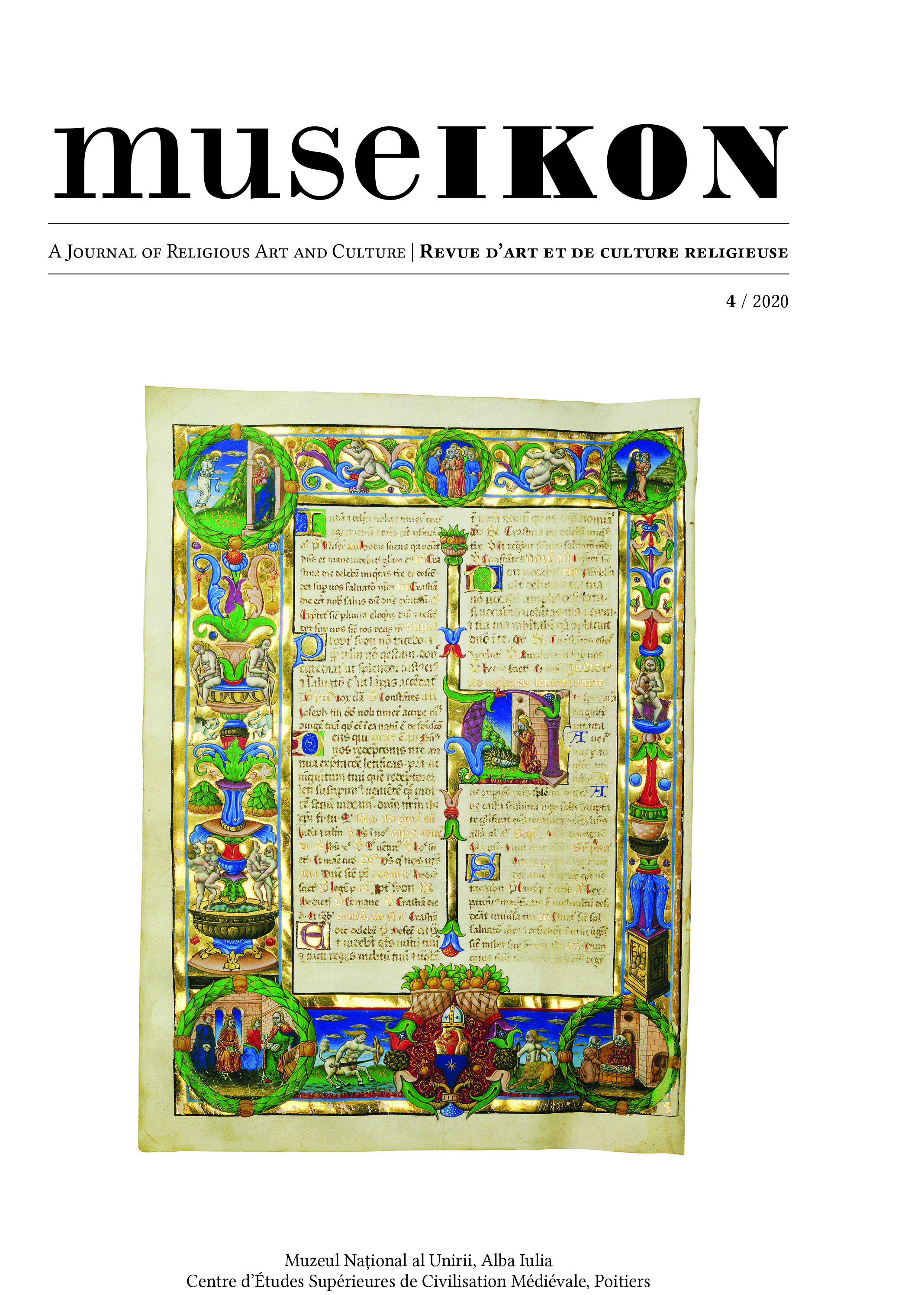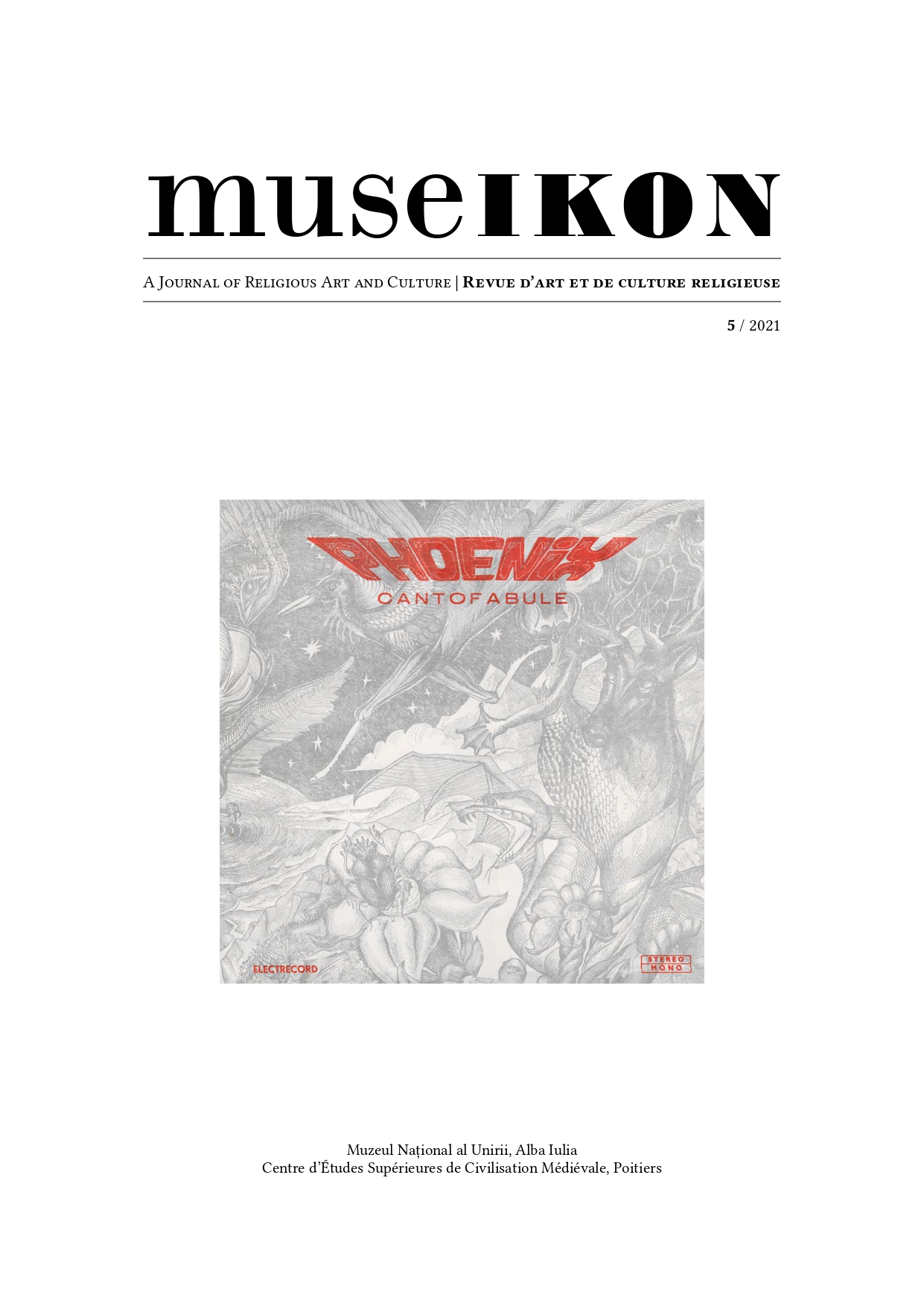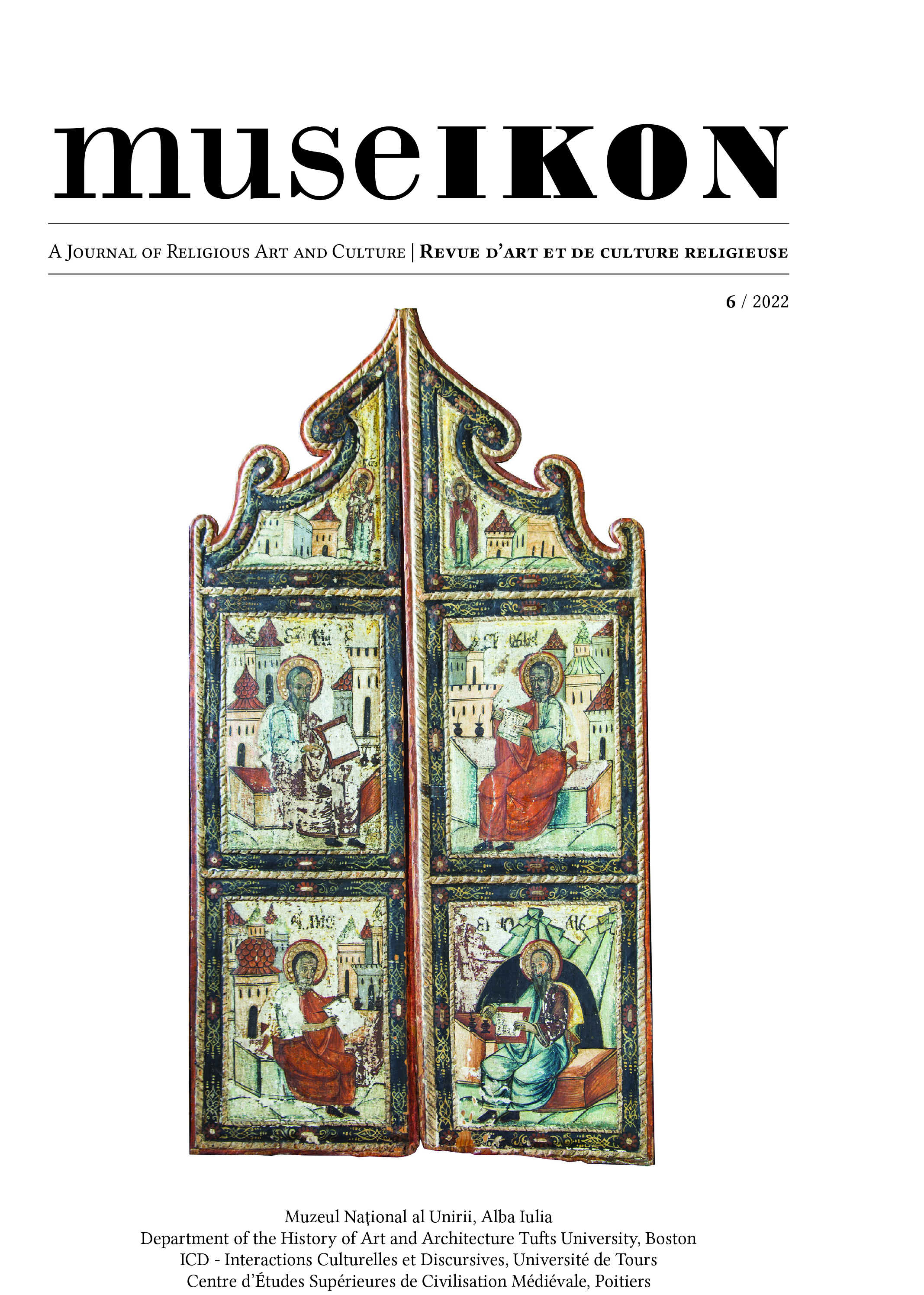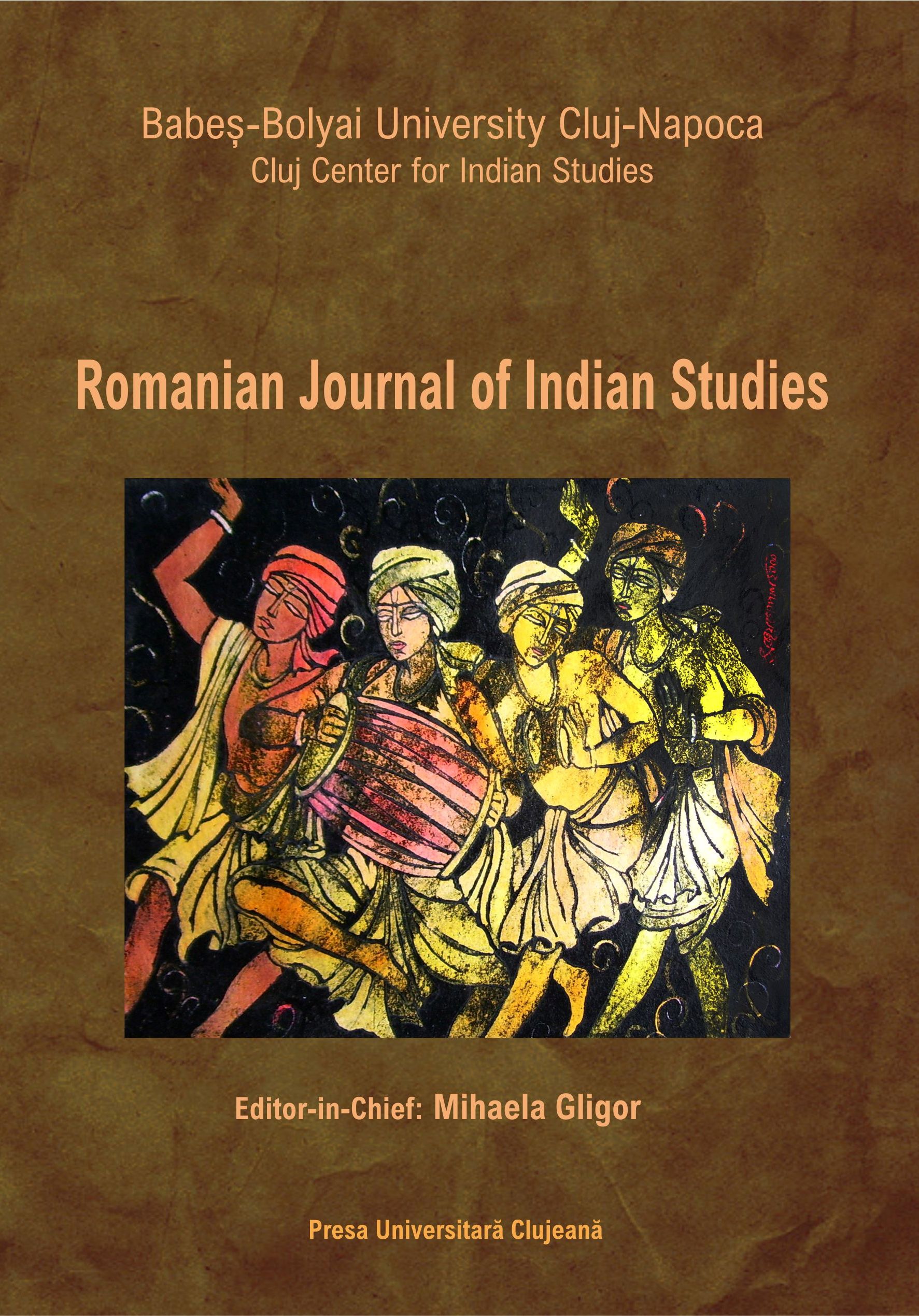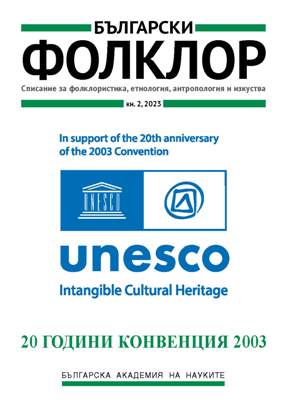Author(s): Vladimir Agrigoroaei,Cristina Beatrix Bogdan,Florin Curta ,Corneliu Dragomirescu,Ana Dumitran,Brînduşa Grigoriu,Ovidiu Olar,Alexandru Pătrașcu / Language(s): French
Issue: 5/2021
Né à Turnu-Severin (Roumanie) en 1942, fils de Nicolae Foarță, médecin, et de Yvonne Foarță, née Burger, professeure de musique, Șerban Foarță a fait ses études à la Faculté de Philologie de l’Université de Timișoara (1960-1965), spécialisation roumain-allemand. En 1978, il a soutenu sa thèse de doctorat en littérature dans le cadre de la même université, thèse publiée deux années plus tard : Eseu asupra poeziei lui Ion Barbu [‘Essai sur la poésie d’Ion Barbu’], Timișoara, éditions Facla, 1980. Il a été professeur à la Faculté des Lettres de l’Université de l’Ouest,à Timișoara, de 1992 à 2005. Membre de l’Union des Écrivains de Roumanie, Șerban Foarță est premièrement poète, essayiste, prosateur et critique littéraire. Il est trèsconnu pour sa poésie qui, lui a valu non seulement desprix littéraires mais surtout une large reconnaissance auprès de ses lecteurs: Simpleroze (Timișoara, éditions Facla,1978); Șalul, eșarpele Isadorei / Șalul e șarpele Isadorei (Bucarest,éditions Litera, 1978); Holorime (Bucarest, éditionsLitera, 1986) et nombre d’autres volumes après 1989. Il atraduit en vers les livres poétiques de la Bible (Hexachordos: Psalmii. Ecleziastul. Cantarea Cantarilor. Iov. Psalmii lui Solomon. Odele, pre stihuri retocmite; Timișoara, éditions Brumar, 2011). Il a traduit des poèmes de la littérature française médiévale, y compris les fatrasies de Philippede Beaumanoir (dans la plaquette 33 de fatrazii, Bucarest,éditions Art, 2008). Cependant son début en tantque poète, avant la publication de la première plaquette (Texte pentru Phoenix, Bucarest, éditions Litera, 1976) s’est fait dans deux LP. Ses vers ont été enregistrés par Phoenix en 1974 (Mugur de Fluier) et 1976 (Cantafabule).
More...
